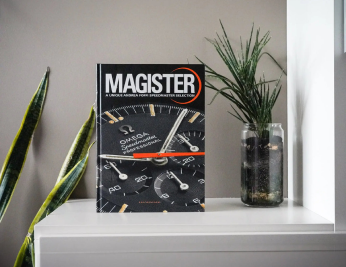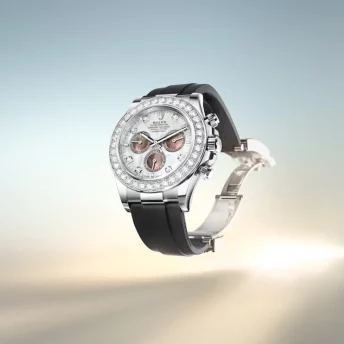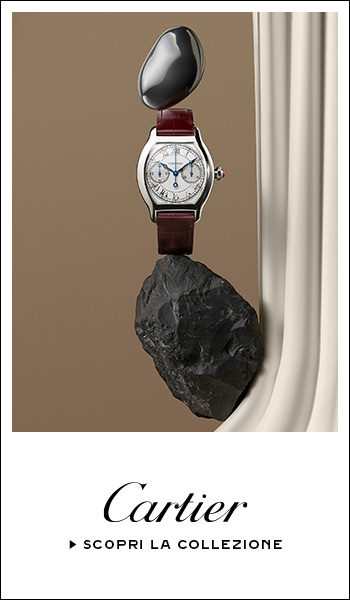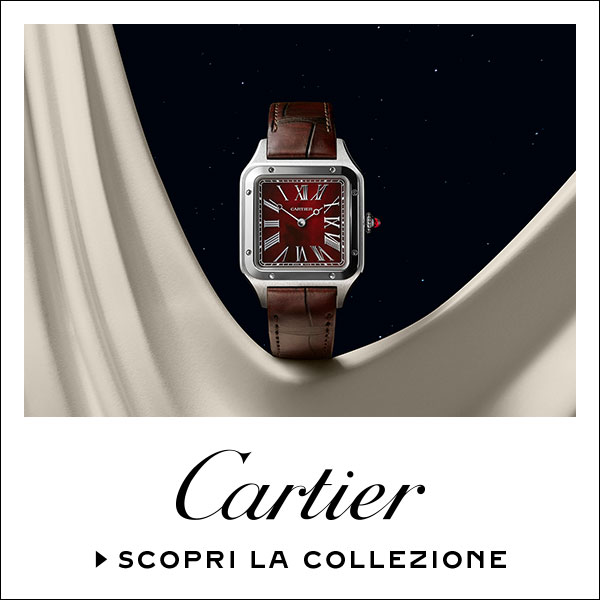Although thinking about it has a certain effect, until a few years ago, by entering a boutique of a watchmaker it was possible to discover and “touch” most of the timepieces offered by that brand.
But not only; once inside it was also possible to buy the much desired watch in all simplicity. The shopping experience was so complete and the enthusiast, leaving the shop with a big smile on his face, was sure he had made the right choice.
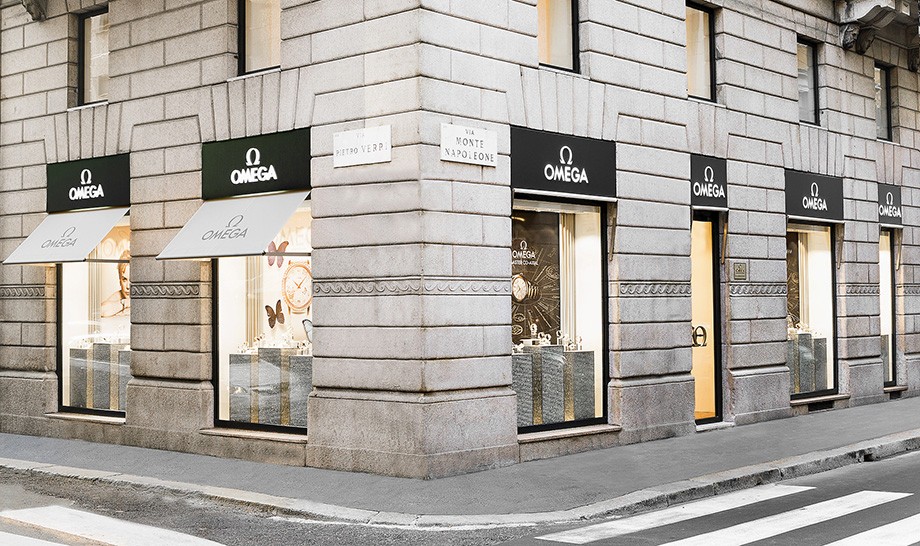
Unfortunately, today the shopping experience is not the same. Few, in fact, the lucky ones who have the privilege of being able to enjoy such a proposal.
The reason?
Something in the watch market has changed and completely twisted what seemed like timeless practices.
Many say that this change is due to a real “bubble” that has hit the watch market, generating a surprising increase in prices. But can it really be said that the watch market is in a bubble?
The increase in prices
The distinctive element of each bubble is the unjustified, or rather, irrational, increase in prices.
You don’t have to be a watch enthusiast to know that the price of some timepieces has skyrocketed in recent years.
This price increase has not only involved the rare timepieces offered for sale by the big auction houses, but has also characterized the most common timepieces, such as sports watches from Rolex, Patek Philippe or Audemars Piguet.
However, in watchmaking speaking generically of “price increases” can be misleading.
In fact, there are planned price increases, applied directly by the watchmakers on list prices, and increases that materialize on the secondary market.
The first type of price increase is easily explained; watchmaking companies “correct” the list prices to take into account factors such as inflation and the possible increase in the price of raw materials.
It should not be forgotten that gold, for example, is a commodity regularly traded on the financial markets, which exposes its price to wider fluctuations.
As anticipated, the second type of price increase takes place on the secondary market, where watches are bought and sold by unofficial collectors and dealers.
Here the value of timepieces is dictated by the interaction of supply and demand. Put simply, if a watch is the object of desire of many aficionados, its price will rise.

The waiting lists
Another phenomenon that has characterized the watch market in recent years is the presence of long waiting lists.
As previously mentioned, in the past, entering a shop it was possible to see all the models offered by a watchmaker and, after trying them on the wrist, it was easy to buy the chosen watch, perhaps even with a little discount on the list price.
Nowadays, however, this type of experience is increasingly rare and discounts have given way to the much-discussed waiting lists, the tool with which boutiques and authorized retailers manage the growing demand for some timepieces.
Unfortunately, however, these waiting lists please the few and leave the most unhappy, being almost endless and even going to last for years.
Consequently, in order to be able to buy a timepiece without waiting for one’s turn on the waiting lists, one often finds himself having to pay prices much higher than the list price, which helps to reinforce the already significant increase in prices on the secondary market.
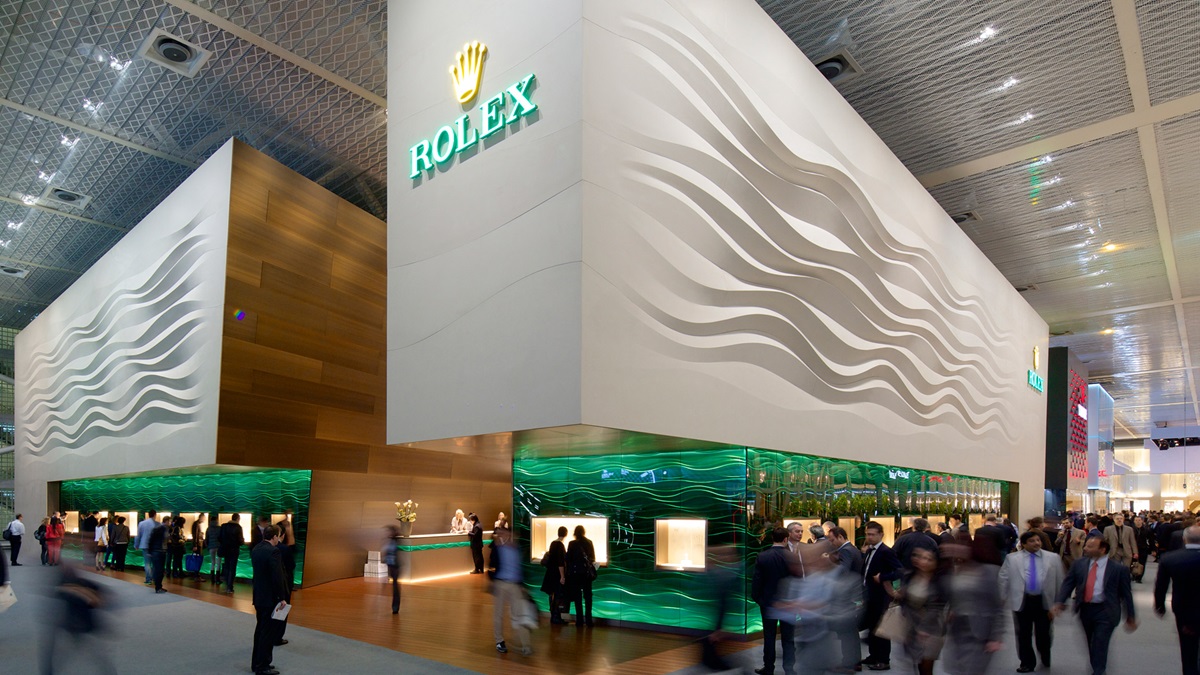
Behind the increase in prices
To understand if the watch market bubble will ever burst, it is useful to investigate the origins of the increase in timepiece prices.
Even in this case, however, it is not a simple thing; in fact, there are many factors that can generate an increase in prices on the timepiece market:
- Watches as a “safe haven“.
One of the possible reasons behind the increase in the prices of watches on the secondary market may be linked to the fact that many people, attracted by the same increase in value of some timepieces, invest in watches, buying them and hoping that their value will increase over time. As a result, in recent years, watches have slowly transformed into safe-haven assets, that is, objects in which to invest your savings with the certainty (or almost) that these will not be lost. - The revival of vintage.
Driven in part by the great demand for some contemporary timepieces, the vintage market has also seen a sharp rise in prices. In fact, many enthusiasts, unable to purchase a model currently in production due to the aforementioned waiting lists, have turned to vintage. This has generated an increase in the price of the same, but has also allowed certain “forgotten” models to come back to light, making them rediscover lines and stories. Think for example of Universal Geneve’s Tri-Compax models. - Watches in the days of social medias.
Social media has given people the opportunity to share all kinds of things, from photos on vacation to photos of their possessions, such as watches. From a certain point of view, this has indirectly allowed the fashion houses to further strengthen their image in the ideal of the people, making their timepieces become objects of desire, not only of the small circle of enthusiasts they referred to before, but of a much larger audience. Nothing new for sure, but in a time when a photo goes around the world in a few seconds, it becomes an even stronger communication tool. Our own Instagram channel is proof of this in reality!

Obviously, as mentioned above, the causes of the increase in prices on the watch market can be numerous, but these were some ideas that you have probably never thought of!
A bubble destined to burst?
A typical element of a bubble is the fact that, sooner or later, it bursts.
In particular, what can lead a bubble to burst is the market’s awareness that the prices of the traded asset do not reflect its real value.
To give an example, if one day we all wake up thinking that a Rolex Daytona is not worth the price at which it is sold on the secondary market, the price of the crowned chronograph would collapse, thus causing the bubble around that watch to burst.
It remains to be understood, will they ever stop raising the prices of certain timepieces? Or in other words, will this supposed bubble in the watch market ever burst?
@NYCWatchGuy, collector and venture capitalist, during an interview with A Collected Man, has a very interesting take on it. In short, unlike other assets, watches are goods that in addition to having potential investment value, have the possibility of being used.
This means that if a stock were to fall in value with no prospect of recovery, then we would all start selling it causing it to fall further. On the contrary, with a watch we would still have the possibility to wear it and we will have no interest in realizing a loss, if not for other personal needs.
From a certain point of view, this could protect the timepiece market from a dizzying and rapid fall.
Taking into consideration all the things we have mentioned, answering this question is not easy. However, it would seem that the bubble is not ready to burst.
Despite the fact that the world has been going through an extremely complex period for more than a year, even from an economic point of view, the watch market continues to surprise us with stable or continuously growing prices.

Final Remarks
Finally, is the watch market in a bubble? And if yes, is it going to burst any soon?
In my opinion, the increase in watch prices cannot be entirely attributable to a “simple” bubble. In fact, as mentioned above, at the origin of the price increase there are real events so what is happening is not merely irrational or speculative.
Of course, to analyze whether or not the nature of this so-called bubble is artificial, it is a totally different matter. Maybe it will be an amazing starting point for a new article.
However, that doesn’t mean that watch prices will continue to rise or that they will never fall. As accessories, some timepieces may go out of fashion and therefore decrease in demand.
Unfortunately, some things cannot be predicted. Even in this case, we just have to rely on the hands of a timepiece and understand once again that certain things only time can tell .
Truthfully, we might ask ourselves how “rational” it really is that the price of a time-only watch in steel like the Nautilus can reach a price twice as high as that of much more valuable complications and in even more precious metals.
These are considerations we urge you to make and we hope that you too will come to the same conclusions as we do!
However as things stand, despite the recent price plateau of the most hyped watches, the undervalued models are more likely to start rising rather than the former to fall.
If you want to learn more, we recommend the very interesting article from A Collected Man that we mentioned above.
Author: Giulio Magnelli


